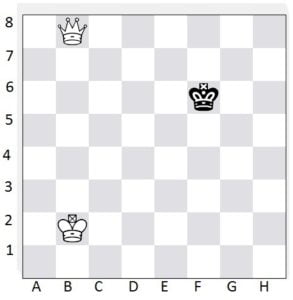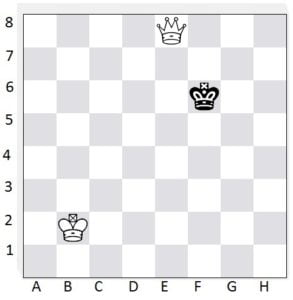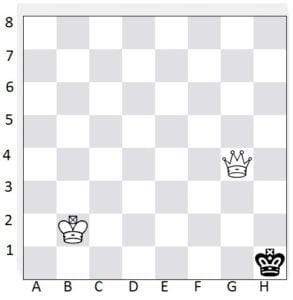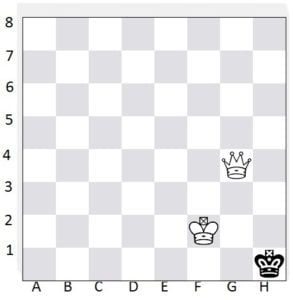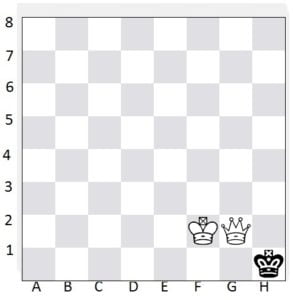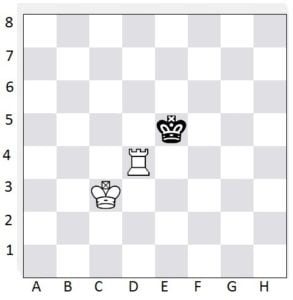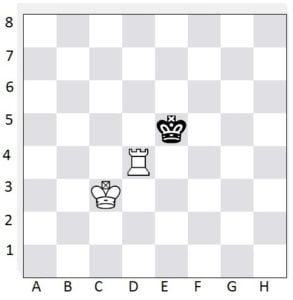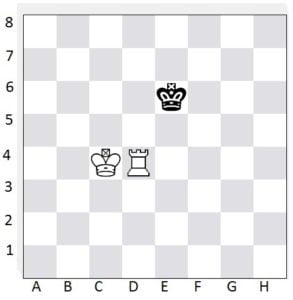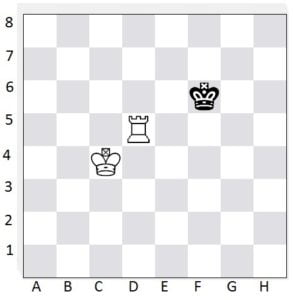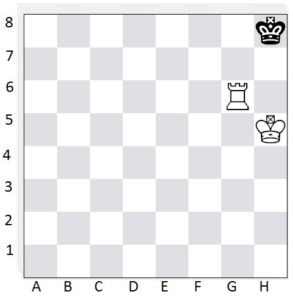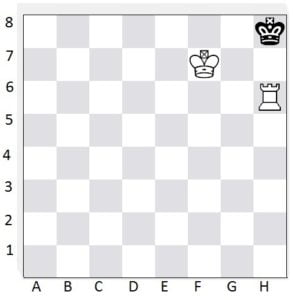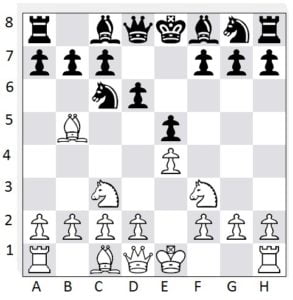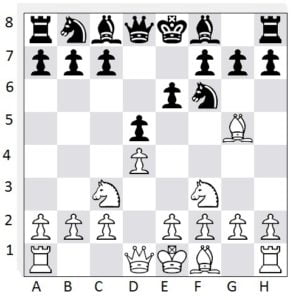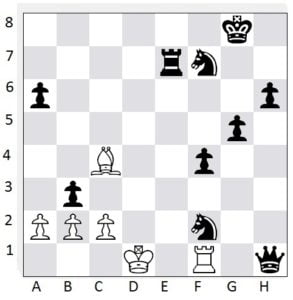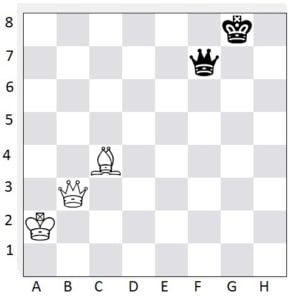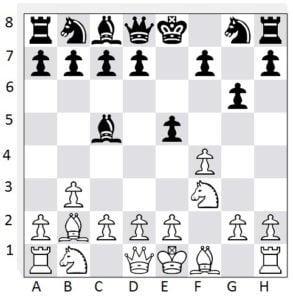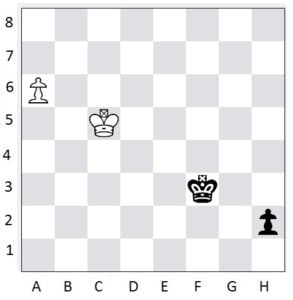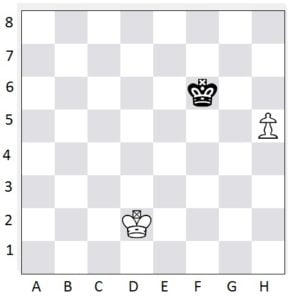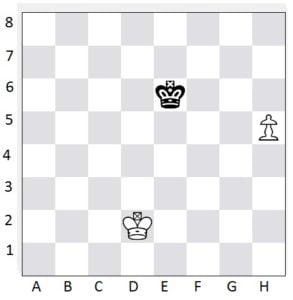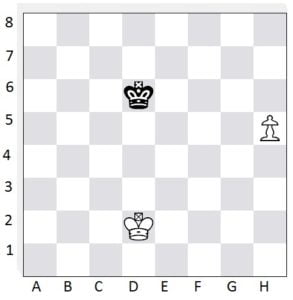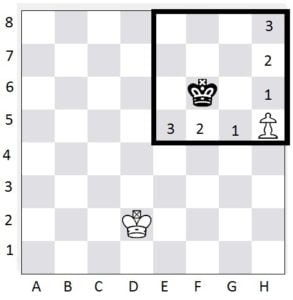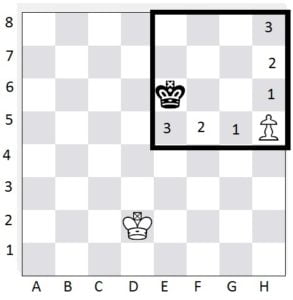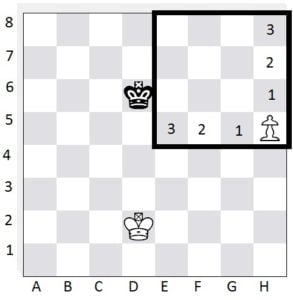As has been previously mentioned, most tournaments pair you with players of similar ratings. But what exactly IS a rating? What does it mean? How is it tabulated? Can YOU become a Grandmaster?
A rating is a 3-4 digit number associated with a player to showcase their playing strength. The higher the number, the better the player… the lower the number, weaker the player. The lowest possible rating is 100. The highest possible rating (in theory) is 3000, although the highest rating any chess player has managed to achieve was 2851 which was held by the World Champion at the time, Garry Kasparov. Pretty straight forward right? But with such a huge difference in highest possible and lowest possible, how can you tell if your rating is any good and where you stand in the grand scheme of things?
FIDE (Fédération Internationale des Échecs or World Chess Federation) and the USCF (United States Chess Federation) use similar ratings for classes of player. Those classes are as follows:
2600 or more are World Championship Contenders. 2400-2600 are where most Senior Masters (SMs), International Masters (IMs), and Grandmasters (GMs) are rated. 2300-2400 is the ratings for most FIDE Masters (FMs). 2200-2300 are ratings where you’ll find most National Masters (NMs) and FIDE Candidate Masters (CMs). 2000-2200 is considered Expert. 1800-2000 are Class A. 1600-1800 are Class B. 1400-1600 are Class C. 1200-1400 are Class D. In FIDE, anyone under 1200 is simply considered a Novice, although in the USCF, the classes continue. 1000-1200 is Class E. 800-1000 is Class F. 600-800 is Class G. 400-600 is Class H. 200-400 is Class I. 100-200 is Class J. As mentioned before, 100 is the lowest possible rating a chess player can get (I’d thought that while 100 is techncially possible that nobody with a 100 rating existed… but at the World Open in the U900 section there was one player with a rating of 101 and another with a rating of 104… I was surprised to say the least).
Despite the above, a high rating is not the only thing you need to achieve a Grandmaster title. You also need to get Grandmaster Norms. Norms are hard to get. There are very specific rules to get norms, which you if can find out for yourself by visiting this link: http://www.fide.com/component/handbook/?id=58&view=article but basically you have to do very well in a long tournament against at least 3 other Grandmasters.
So how are chess ratings figured out? Well, I don’t want to bore you with a big equation (because, frankly, the actual equation used boggles my own mind), but basically at each tournament, you’re give a “K-factor” number which is based on your rating at the start of the tournament and how many rounds there will be in the tournament. Then, each round, there is a table that’s used (that you can find if you check the USCF rule book or the FIDE rulebook out of your local library) where each round you find your K-factor, then find the point difference between you and your opponent (so if you’re rated 1100 and your opponent is 1200, you’re looking for a difference of 100). It will then tell you how many rating points each player will gain or lose if a) the higher rated person wins, b) the lower rated person wins, or c) the game ends in a draw. In the case of a draw, the higher rated player loses points and the lower rated player gains points, bringing the two players’ ratings closer together.
There’s not much reason to know exactly how to tabulate your ratings, though, as most tournaments will post results (and new ratings) to FIDE or USCF and will soon become viewable. The USCF, for instance, posts results and new ratings within 2 days after every chess tournament.
The USCF publishes new official ratings for players every month. FIDE publishes new official ratings every 2 months. So you’ll never have to be a certain rating for very long (good news for those trying to get over a certain rating “hump”).
Hopefully all this wasn’t too confusing. If it was…. don’t sweat it… just go and play chess with the knowledge that your rating will get better the more games you win!
Have a question or topic you want me to cover in a future edition of Chess Noob? E-mail me at [email protected]

